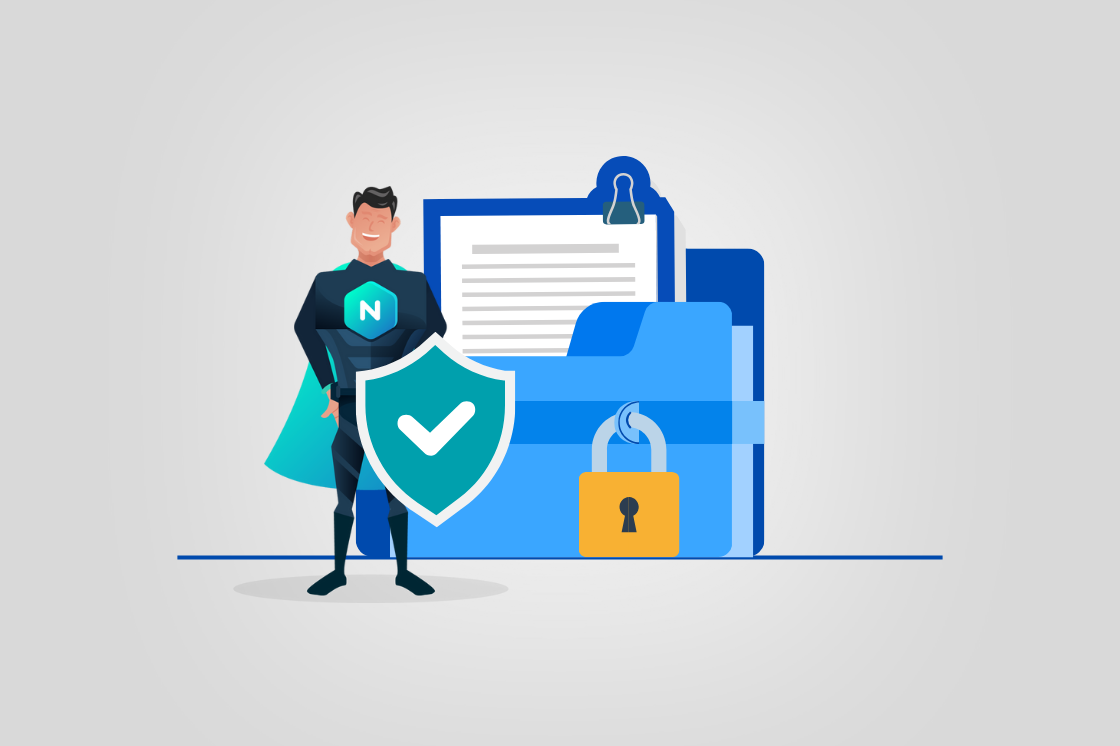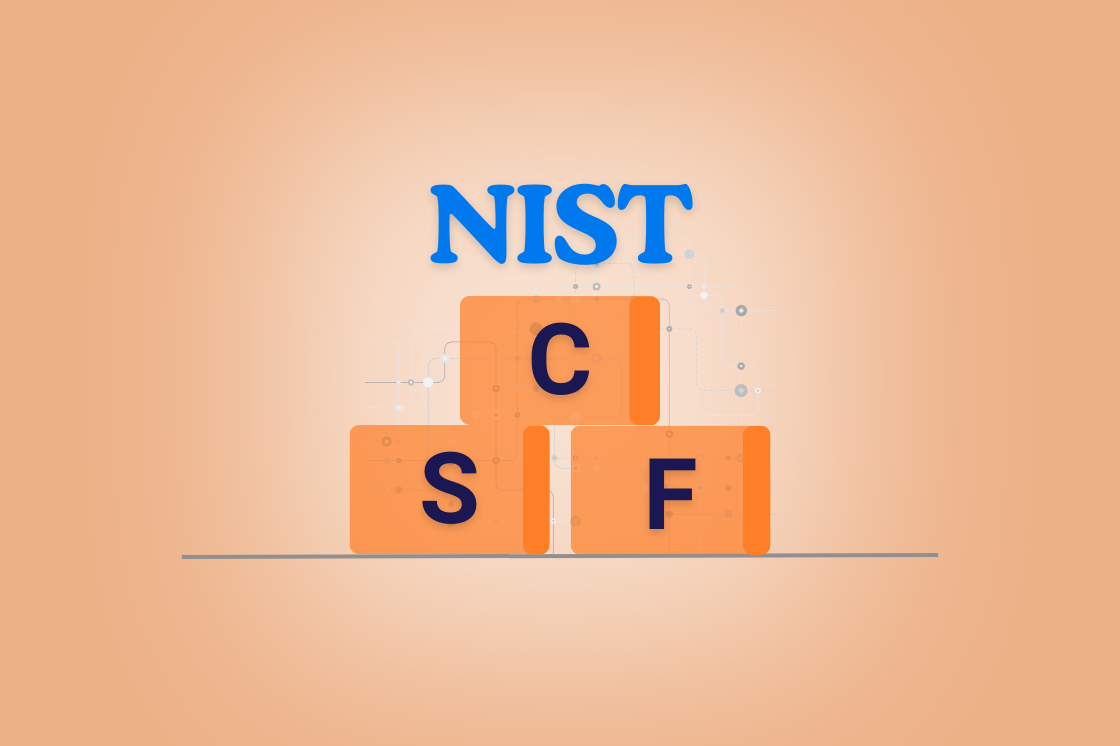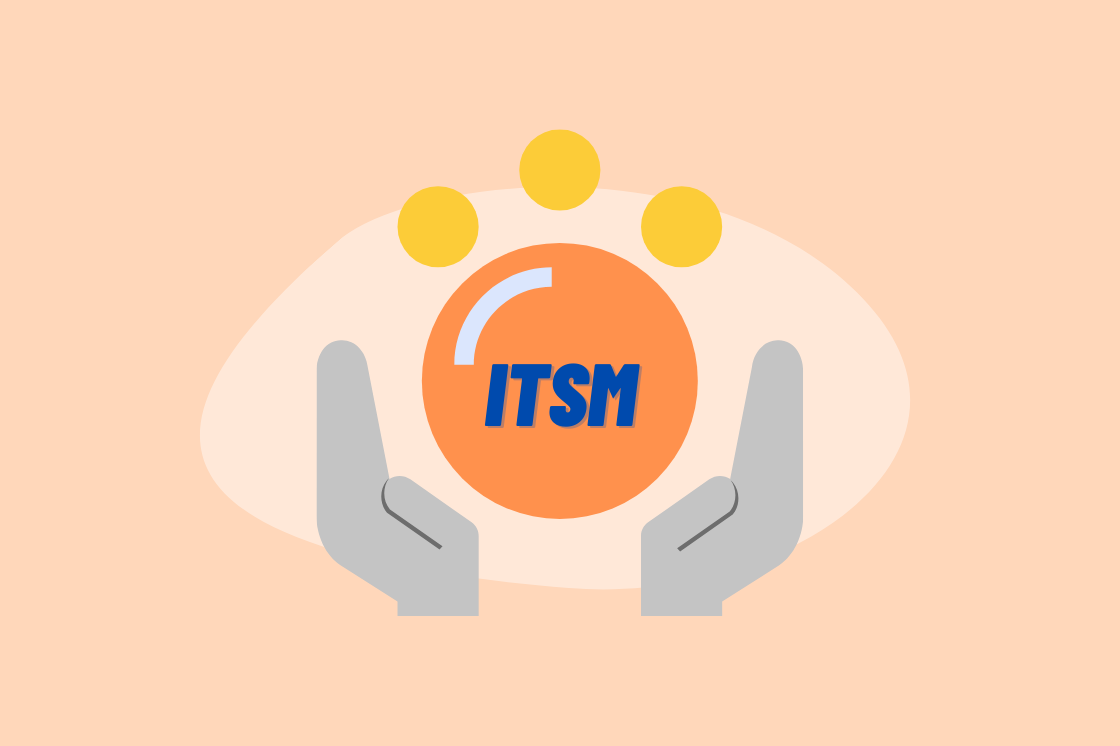Introduction to the NIST CSF 2.0 Framework
IT security has never been more critical. Surprisingly, many of the largest breaches are caused by human error and process failures. The key to safeguarding your organization is identifying risks early and addressing them before they escalate into costly incidents.

Introduction to the NIST Cybersecurity Framework (CSF) 2.0
Presented by Navvia | Executive Training Session Recap
Cyber threats continue to evolve—so must your approach to managing them. That’s why NIST CSF 2.0 isn’t just a cybersecurity tool—it’s a strategic framework for building operational resilience across your organization.
In this 90-minute executive training, we introduced attendees to the core principles, structure, and real-world applications of the NIST Cybersecurity Framework 2.0. Here’s a summary of what we covered:
What is NIST CSF 2.0?
NIST CSF 2.0 provides a globally recognized, outcome-driven approach to managing cybersecurity risks. Originally designed for critical infrastructure, it now supports organizations of any size or industry.
Key strengths include:
- A shared common language across IT, security, and business
- Scalable, risk-based approach adaptable to your environment
- Alignment with global standards (e.g., ISO 27001, COBIT, NIST RMF)
The Framework Structure: Functions, Categories, Subcategories
We walked through the six core Functions:
- Govern
- Identify
- Protect
- Detect
- Respond
- Recover
These organize 22 Categories and 106 Subcategories, making the CSF both comprehensive and flexible.
Outcome-Based Design & Business Alignment
CSF 2.0 emphasizes outcomes over checklists, empowering you to:
- Define measurable goals
- Align cybersecurity with enterprise priorities
- Use Profiles and Tiers to tailor implementation to your unique context
From Cybersecurity to Operational Resilience
Operational resilience doesn’t come from good intentions—it comes from mature, aligned processes.
We explored how integrating NIST CSF outcomes with ITSM and governance practices drives real business value:
- Resilience rooted in ITSM process maturity
- Alignment with ISO 33020 for assessments
- Communication, governance, and accountability across the enterprise
How to Get Started: A 90-Day Plan
To help leaders take action, we shared a Framework-to-Resilience 90-Day Plan:
Discover (Days 1–30):
- Engage stakeholders and baseline your CSF posture
Assess (Days 31–60):
- Map CSF to ITSM processes, assess maturity, define Profiles
Act (Days 61–90):
- Prioritize gaps, launch small improvements, and establish cadence
Extending CSF with NIST 800 Series
We also showed how to integrate CSF with the broader NIST library:
- 800-53 for control implementation
- 800-30 for risk assessments
- 800-37 for RMF alignment
- 800-122 for privacy management
Business Value
For executives, CSF 2.0 supports:
- Enterprise risk management
- Strategic alignment of cyber investments
- Audit readiness and regulatory compliance
- Measurable, continuous improvement
Final Thoughts
Whether you’re beginning your journey or refining an existing program, NIST CSF 2.0 gives you a powerful, structured way to manage cybersecurity risk and build business resilience.
Want to go deeper?
Contact Navvia for a Cybersecurity Assessment
Missed the session? Watch the full recording above.



